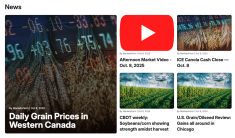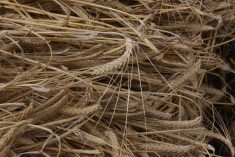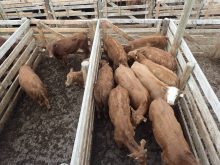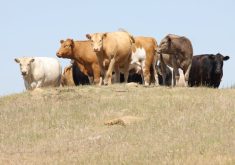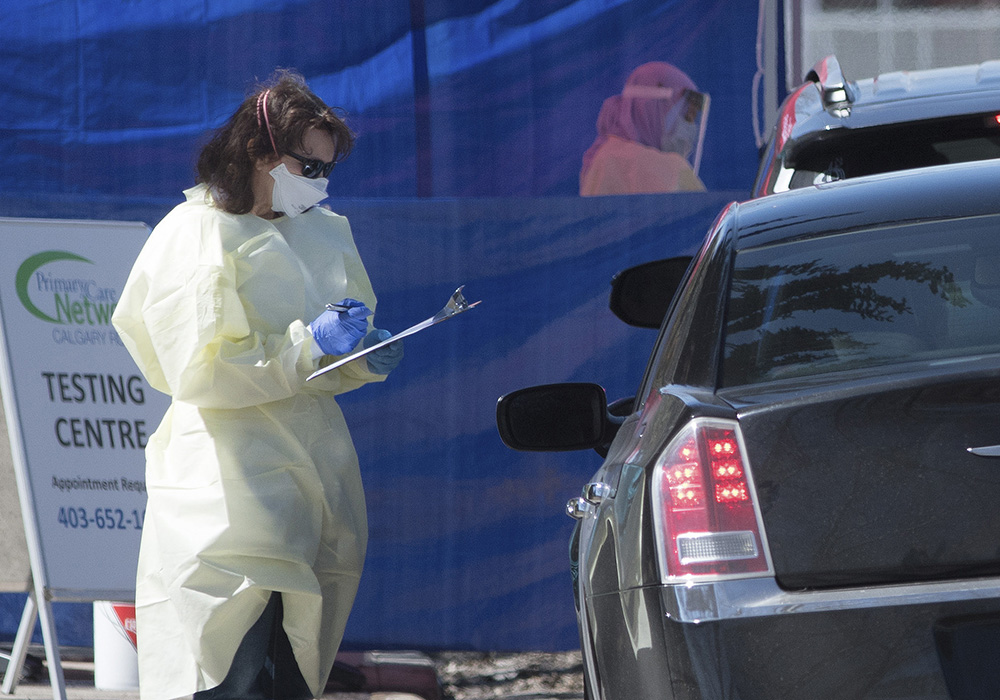STRATHMORE, Alta. — Canadian beef producers face a big decision: expand the herd or take the money and run.
The Canadian cow herd has shrunk by 31 percent since 2005. Record prices and profits in the last 18 months should have signalled that it is time to turn things around, but not much is happening, said Brian Perillat, a senior analyst at Canfax.
“Cow marketings are down 15 percent this year, but you can’t really grow the herd by killing less cows,” he said at an Alberta Beef Producers zone meeting in Strathmore Oct. 22.
Read Also

Why feds imposed EV tariffs
Moe and Kinew have a fight on their hands when it comes to eliminating the EV tariff. Canada has to worry about pissing off the U.S. and Mexico and hundreds of thousands of auto workers.
Heifers earned big money when they were sold as feeders last year, but that dynamic is changing.
“We are seeing a big price spread between steers and heifers,” Perillat said. “A lot of heifers went to the U.S. last year, but they are staying around here (this year), so maybe guys will breed a few more if there is grass.”
Profits continue for the cow-calf sector and range from a little more than $600 to more than $800 per animal this year, depending on feed costs and when calves were sold.
“We saw thousands and thousands of calves presold, and many sold for more than $3 per pound,” he said.
“You would think this would all point to expansion, but honestly, we are not quite there.”
As well, the price of Alberta 550 pound steers has traded at a premium over the U.S. even when adjusted for currency differences.
“We are usually, 98 percent of the time, at a discount to the U.S., but this year we were at a premium,” he said.
“We are actually getting more for our cattle than they were down there.”
Canada exported one million head of cattle to the United States last year, but exports have dried up this year.
Some believe the weaker Canadian dollar drives cattle south, but that is a misconception, said Perillat.
Feed costs and competitiveness affect exports more than the currency rate.
While Canadian producers mark time, the U.S. appears to be in expansion mode.
“The economics have been there for them to expand because they really got the moisture last year to hold back heifers and increase the cow herd,” he said.
Demand for cattle surged since the drought broke and pastures greened up.
Record revenue in both countries pulled back this fall with a correction in the markets, but prices are still good. Fat cattle were trading for about $2 per pound and dropped to $1.60, but prices should rebound.
Canadian feedlots had a good run that lasted longer than expected but now red ink is likely if no risk management was in place.
It was more profitable for feedlots to feed cattle already in their pens to heavier weights than to bring in expensive calves
In mid October the average carcass weighed 935 lb., about 35 pounds heavier that the year before.
“It was economical to put more weight on the cattle. If it is costing you $1.30 to put those last few pounds on and you are selling them for $2, every pound is still generating profit to your bottom line,” he said.
Volatility continues for the global beef sector with greater global demand at a time when supply is shrinking.
Retail beef prices in Canada were up 20 percent in the last year, but that may have reached a ceiling.



